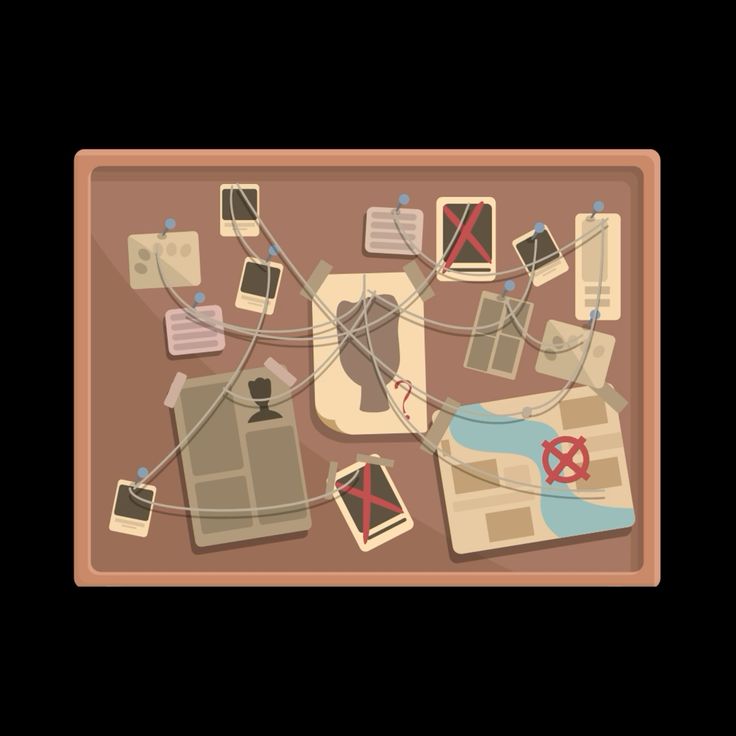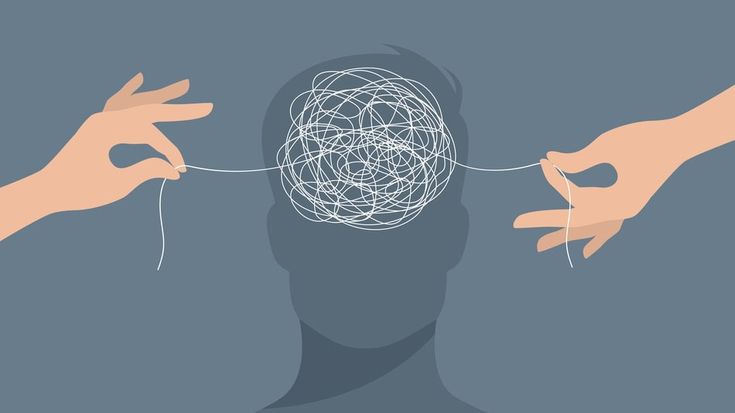The Routine Activities Theory (or Routine Crime Theory) was proposed by Lawrence E. Cohen and Marcus Felson in 1979. It’s a situational and ecological approach within criminology that seeks to explain variations in crime rates by focusing on how changes in society’s daily activities (routines) create or modify the opportunities for crime.
This theory posits that for a direct-contact predatory crime (a crime involving physical interaction between the offender and the victim or their property) to occur, three essential elements must converge in the same time and space. The absence of any one of these elements is sufficient to prevent the crime.
Core Elements of Routine Crime
The three elements that must coincide spatially and temporally for a crime to take place are:
1. A Motivated Offender
- Definition: Individuals who have the inclination or desire to commit a criminal act and have acquired the necessary skills to carry it out.
- Theory’s Focus: Unlike other criminological theories, the Routine Activities Theory assumes the existence of motivated offenders. It doesn’t focus on the personal, social, or psychological causes of that motivation (such as poverty, inequality, or criminal history), but instead concentrates on the external conditions that allow them to act.
2. A Suitable Target (or Propitious Victim)
- Definition: A person, property, or object that is attractive, vulnerable, or reachable for the offender.
- Target Characteristics: Felson summarized the characteristics of a suitable target using the acronym CRAVED:
- Concealable: Easy to hide.
- Removable: Easy to carry.
- Available: Easy to access.
- Valuable: High economic or perceived worth.
- Enjoyable: Pleasurable to use or possess.
- Disposable: Easy to sell or get rid of.
- Example: An alarm-less car on a dark street (easy to access, conceal, and resell) is a more suitable target than one parked in a monitored garage.
3. Absence of a Capable Guardian (Social Control)
- Definition: The lack of a person or measure that can deter, observe, or intervene in the criminal act, thereby reducing the risk for the offender.
- Types of Guardians:
- Formal: Police, private security guards, alarms, security cameras, etc.
- Informal: Property owners, neighbors, friends, passersby, parental supervision, or any citizen who can notice or protect themselves or their property.

The Impact of Routine Activities
Cohen and Felson argued that structural changes in the daily routines of modern life, especially after World War II, have increased opportunities for crime:
- Increase in Suitable Targets: The rise in wealth and the production of small, light, and valuable consumer goods (electronics, vehicles) have created more “CRAVED” targets.
- Decrease in Informal Supervision: The increase in female labor participation and the rise in out-of-home activities and travel (work, leisure) have left properties and spaces less supervised by informal guardians (e.g., houses empty during the day).
- Greater Convergence: Modern routines have facilitated the convergence of motivated offenders, suitable targets, and the absence of guardians in various locations (malls, public transportation, recreational areas).
Later Developments: The Crime and Control Triangle
Later, Marcus Felson expanded the theory to go beyond the original three elements, incorporating those responsible for control and creating the “Crime and Control Triangle” (Crime Triangle/Problem Analysis Triangle) model:
| Crime Element | Control Agent | Control Role |
| Motivated Offender | Handler | Minimizes the offender’s criminal potential (e.g., parents, teachers, supervisors). |
| Suitable Target/Victim | Capable Guardian | Watches and protects victims or property (e.g., patrols, security, vigilant neighbors). |
| Place (Space/Context) | Place Manager | Controls the environment where the crime occurs (e.g., business owners, custodians, neighbors who manage their surroundings). |
This development emphasizes that crime prevention can focus on any of the six points of the diagram, seeking to strengthen the controls over the offender, the target, or the place.
Implications for Crime Prevention
This theory is one of the foundations of Situational Crime Prevention (SCP), which focuses on reducing opportunities to commit crimes. Derived strategies include:
- Increase Effort: Target hardening (stronger locks, anti-theft bars).
- Increase Risk: Intensify surveillance and control (cameras, alarms, more patrols).
- Reduce Rewards: Mark property to make it less disposable.
- Reduce Provocations: Avoid overcrowding or conflict situations.
- Remove Excuses: Establish clear rules and prohibition signs.
The Routine Activities Theory has changed the criminological perspective, shifting from just asking “Why do people commit crimes?” to asking “How and where is crime facilitated?” in the context of daily life.
Relationship to Rational Choice Theory
The RAT is framed within the theories of environmental and situational criminology and is intrinsically linked to the Rational Choice Theory (RCT).
- Rational Choice: The RCT posits that the offender is a rational agent who evaluates the costs and benefits before committing a crime.
- Link to RAT: The RAT provides the environmental framework and the opportunity within which rational choice operates. The convergence of the three elements (motivated offender, suitable target, absence of a guardian) is what reduces the “costs” (risk of being caught) and increases the “perceived benefits” (ease of success) for the offender, making the choice to offend rational at that time and place.
Practical Implications: Situational Crime Prevention (SCP)
The RAT is the theoretical foundation of SCP, whose main objective is to modify the physical and social environment to make crimes more difficult, risky, and less rewarding.
SCP uses a matrix of 25 prevention techniques grouped into five main categories, which align directly with the components of the RAT:
| SCP Strategy | RAT Principle Addressed | Examples of Techniques |
| Increase Effort | Make the Target harder to access | Target hardening (locks), controlling exits (turnstiles). |
| Increase Risk | Strengthen the presence of the Guardian | Increase natural surveillance (good lighting), install alarms, formal surveillance. |
| Reduce Rewards | Decrease the attractiveness of the Target | Remove the target (don’t leave valuables), property identification (marking). |
| Reduce Provocations | Reduce situational Motivation | Reduce crowding, establish noise limits. |
| Remove Excuses | Reduce justified Motivation | Post “No Trespassing” signs, establish clear rules. |
Criticisms of the Routine Activities Theory
Despite its success in explaining patterns of property crime and its impact on prevention, the RAT has received several criticisms:
- Ignores Root Causes: The most common criticism is that the theory assumes the offender’s motivation as a given fact and does not address the structural causes of crime, such as poverty, inequality, poor socialization, or psychological problems. For many criminologists, by not addressing the root problem, the crime is merely being moved (the phenomenon of “crime displacement”).
- Limited Explanation: It is more effective at explaining predatory crimes and property crimes (robbery, theft) that require direct contact. It is less suitable for explaining impulsive crimes, white-collar crimes, crimes of passion, or crimes that occur in the private sphere (domestic violence).
- Risk of “Victim Blaming”: By focusing on the characteristics of the “suitable target” and the “absence of a guardian,” the theory could be misinterpreted to blame victims (for example, for not adequately protecting their property or themselves).
- The Problem of Displacement: The theory doesn’t offer a complete answer as to whether situational prevention truly reduces crime or merely shifts it to:
- Another place (Geographical).
- Another time (Temporal).
- Another target (Target/Victim).
- Another type of crime (Tactical).







Leave a Reply